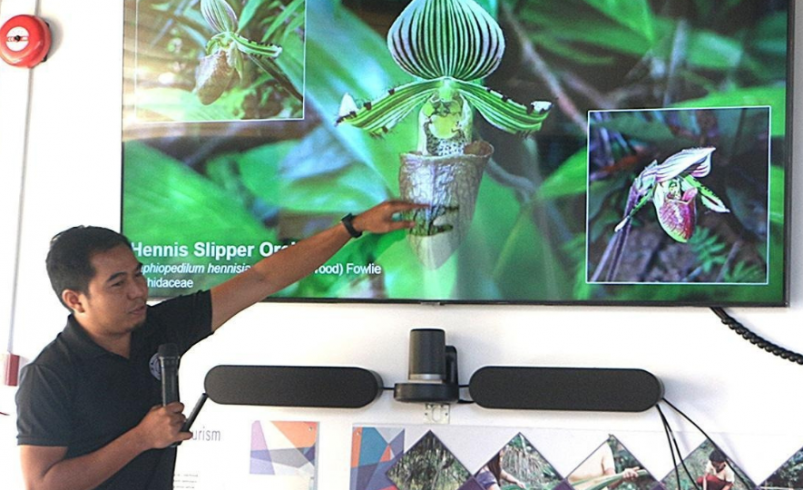Petrowind, UPLB launch Panay program to protect endangered species
- October 15, 2025
- 0

Efforts to conserve threatened species in the Northwest Panay Peninsula Natural Park (NWPPNP) took a step forward on October 10, 2025, as PetroWind Energy Inc. (PWEI) and the University of the Philippines Los Baños (UPLB) held a stakeholder orientation on biodiversity protection.
The session brought together local government units, partner schools, host communities, and environmental agencies, including the Department of Environment and Natural Resources – Community Environment and Natural Resources Office (DENR-CENRO) and the Protected Area Superintendent’s Office. It was the first of a series of workshops under PWEI’s We Power CARE program, which aims to combine conservation, environmental education, ecosystem restoration, and ecotourism.
“It is only the start of a series of sessions that we will conduct across our We Power CARE program sites in the country. Our goal is not only to protect threatened species, but also to cultivate a network of empowered stewards who understand the science, urgency, and value of biodiversity conservation,” said Vanessa G. Peralta, PWEI’s Vice President for Corporate Communication.
Experts highlighted two key species under threat: the Visayan Hornbill (Penelopides panini) and Hennis’ Slipper Orchid (Paphiopedilum hennisianum). Prof. Arthur Glenn A. Umali of UPLB said the orchid has lost around 80% of its population over the past 25 years due to habitat loss, deforestation, and overcollection.
“Some of these species, like the Henny’s Slipper Orchid, exist only in the Philippines and Panay is one of their last remaining natural homes,” he said. “Protecting them safeguards not only biodiversity but also our natural and national heritage.”
Dr. Anna Pauline O. de Guia, also from UPLB, emphasized the role of research in guiding conservation efforts. “We cannot advocate for awareness without accurate information,” she said. “To do that, we need to invest in researchers and training and improve research field stations to support science-based conservation efforts.”
Teachers and local schools participating in the program welcomed the initiative. Jose Tolinero, Head Teacher of Tagaroroc Integrated School in Nabas, Aklan, said, “This session provided a rare opportunity to bring together the local government units, students, teachers, and scientists in one venue to learn about conservation. As educators, we recognize our vital role in shaping young minds and instilling in them the value of protecting our environment.”
How can schools, local governments, and communities work together to safeguard Panay’s biodiversity? Join the conversation and share your ideas.
Follow Power Philippines on Facebook and LinkedIn or join our Viber community for more updates.